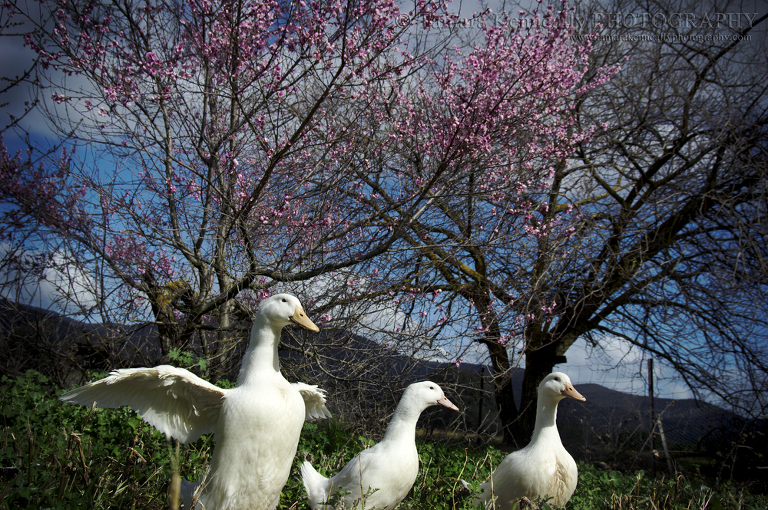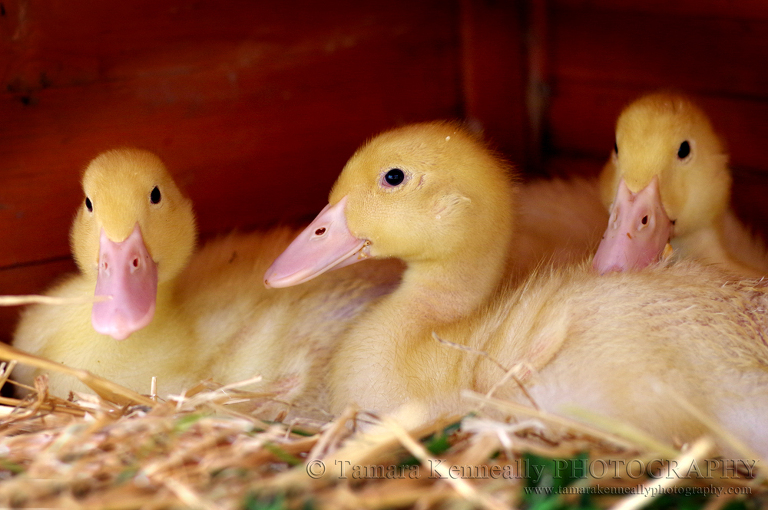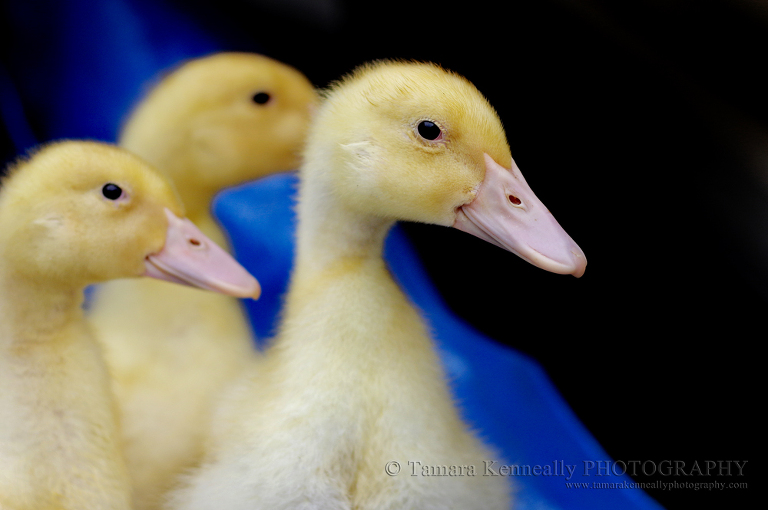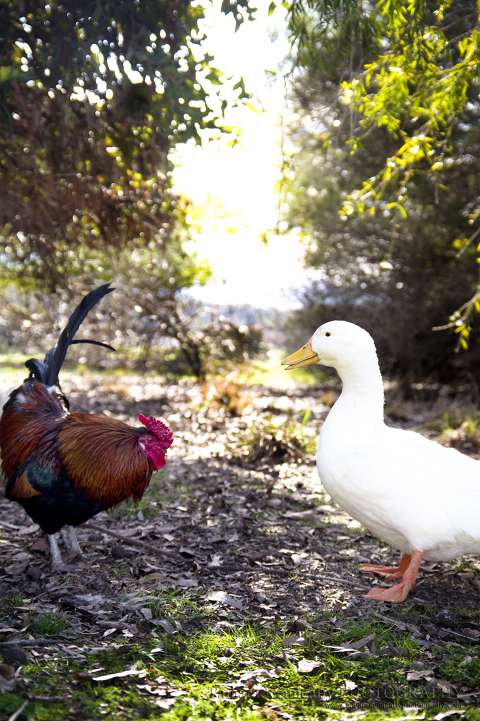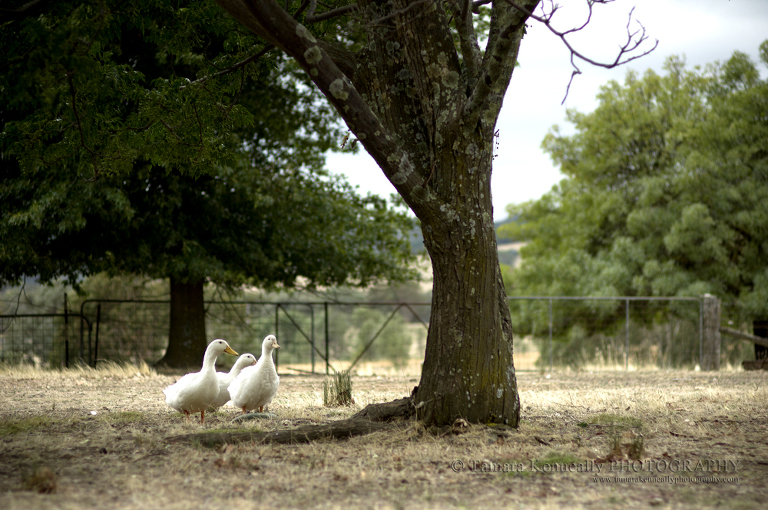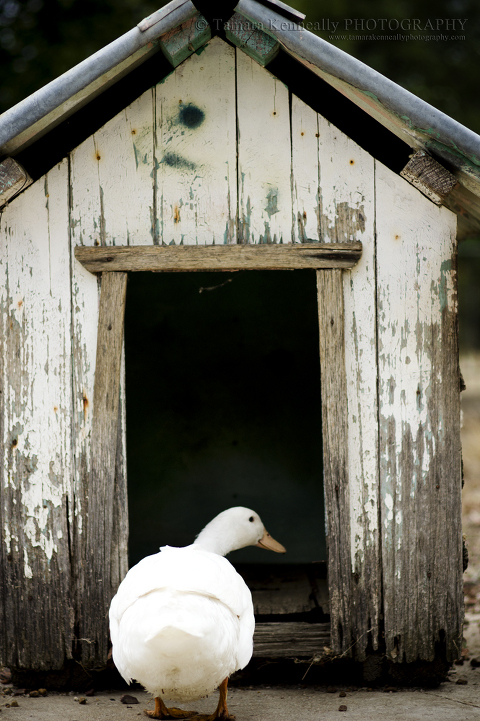The moon was full that night as we walked up the embankment towards the farm. Eight, huge sheds stood looming in the moonlight as we walked on to the property. This was a duck farm. Pekin ducks were crammed into these sheds. They lived on a floor covered with manure inches thick. They were never given access to the outside or given access to pools of water to bathe in.
.jpg)
Ducks are intensively farmed in sheds and are selectively bred to grow as fast as possible in the smallest amount of time possible. Sheds are not cleaned out until the ducks are sent to slaughter, which is nine weeks from hatching to slaughter weight. Anyone who knows ducks is aware that their waste matter is much more than a chicken’s and the sheds fill up incredibly quickly with duck manure on the floor of the sheds. Ducks walk, live and sleep on manure caked floors that can be more than half a metre thick. The Australian duck industry slaughters over 8 million ducks for their meat annually and the industry is worth approximately $100 million a year. The Australian Poultry Cooperative Research Centre reports that duck meat production has been increasing at the rate of over five percent per year. Most duck farms in Australia house roughly 50,000 ducks in one farm, but there are certain larger farms that house between 50,000 – 100,000 ducks at any one time.
.jpg)
The first shed I walked into was full of ducks of about 6 weeks old. They were large and completely covered in their own manure. At first they ran from me in terror. I crouched down and waited. In about ten minutes time, thousands of beautiful Pekin ducks started to walk up to me and surround me. Some just stared at me, some talked to me, but they were all there to greet me. These beautiful, inquisitive birds (covered in duck poo) gave me their their trust and my heart broke to know that in three weeks time they’d all be sent to slaughter.
.jpg)
I walked out of that shed with a heavy heart and went on to the next lot of sheds. In one shed were thousands of 2-3 weeks old ducklings. They were incredibly big for their age and absolutely terrified. I couldn’t get near them with my light on, so I walked over to a small huddle of ducklings with my light off and scooped three up with me to take home. They were covered in duck poo and so scared. I took them back to the car through the moonlight lit paddock away from that duck farm, away from that manure filled hell those poor ducks lived in.
.jpg)
The next morning they starting chirping in terror when the sun came up. They’d never seen the sky or light so bright and they had no mother to comfort them, so they were incredibly stressed out. I let them out and showed them their pool of water and suddenly their little faces lit up with recognition and joy. They finally figured out how to get into the pool and from then on that’s where they stay. Today they still spend all day in their pools.
.jpg)
Factory farming denies all animals of a mother’s love. Chickens and ducks are hatched without a mother, sows are confined so they cannot clean or comfort their piglets in any way.
.jpg)
I named these three ducklings Templeton, Fern and Charlotte. The names coming from the tale, “Charlotte’s Web”.
.jpg)
Templeton, Fern and Charlotte now live out their lives at Lefty’s Place. They are now huge birds and they still haven’t stopped growing. They love oats and lucerne, but what they love most is water. Three very lucky ducks.
Please don’t use my images without permission. All images are Copyright Tamara Kenneally

